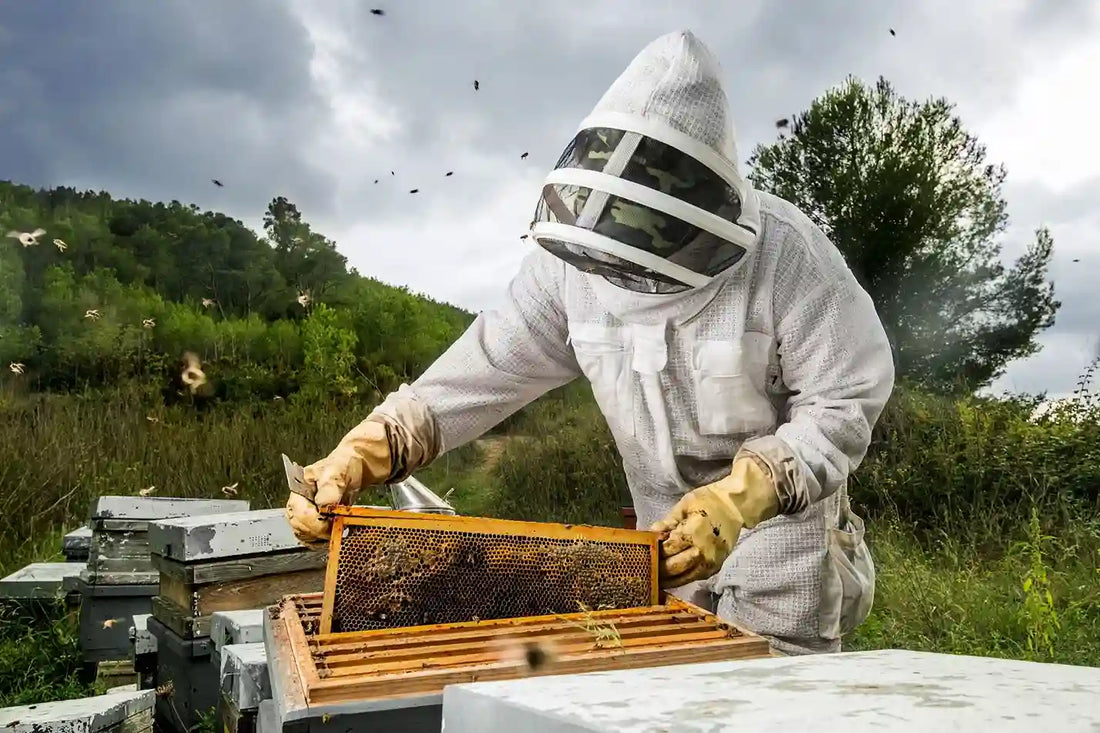
The Sweet Story of Honey: A Journey into the World of Local Honey Production
Honey is the most sweet and viscous substance bees make from nectars of different flowers. Honey has a significant influence on human history, this sweet is not only used in medicine but also as a precious gift for loved ones. Since ancient times, honey has been considered very important because of its nutritional and medicinal properties and it also has cultural importance. To trade honey, traders from different parts of the world travelled and increased the value of honey. The taste and the quality of honey differ based on the region it grows and the flowers from which it collects the nectars. For example, Himalayan honey is different from the honey produced in the mountain valley of Munnar. Beekeeping is the art of local honey production, where bees are stored in special bee boxes which helps them to produce honey.
There are multiple health benefits for honey, it is used as a soothing agent during sore throat and also used in a variety of medicines. Local honey production refers to the practice of harvesting honey within a specific geographical area, typically on a small scale and often by independent beekeepers or small-scale apiaries. Local honey production is very important, sourcing from forests and nearby urban areas which promotes sustainability, supports local economics and preserves local biodiversity. By maintaining bee colonies within the community, local honey production fosters pollination of local crops, enhances ecosystem health and reduces the environmental impact associated with long-distance transportation.
Overall, local honey production embodies principles of environmental stewardship, economic resilience and social connectedness, contributing to the sustainable development of rural and urban areas alike.
In this blog post, we will discuss the origin and the importance of honey and also we will be discussing local honey production.
